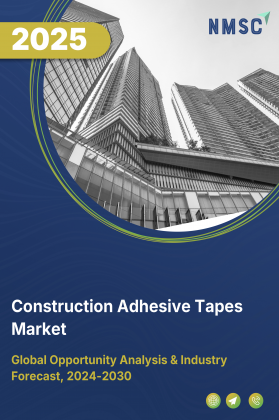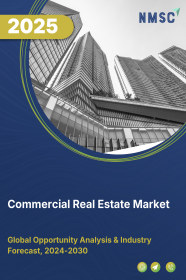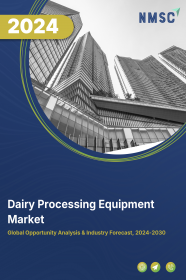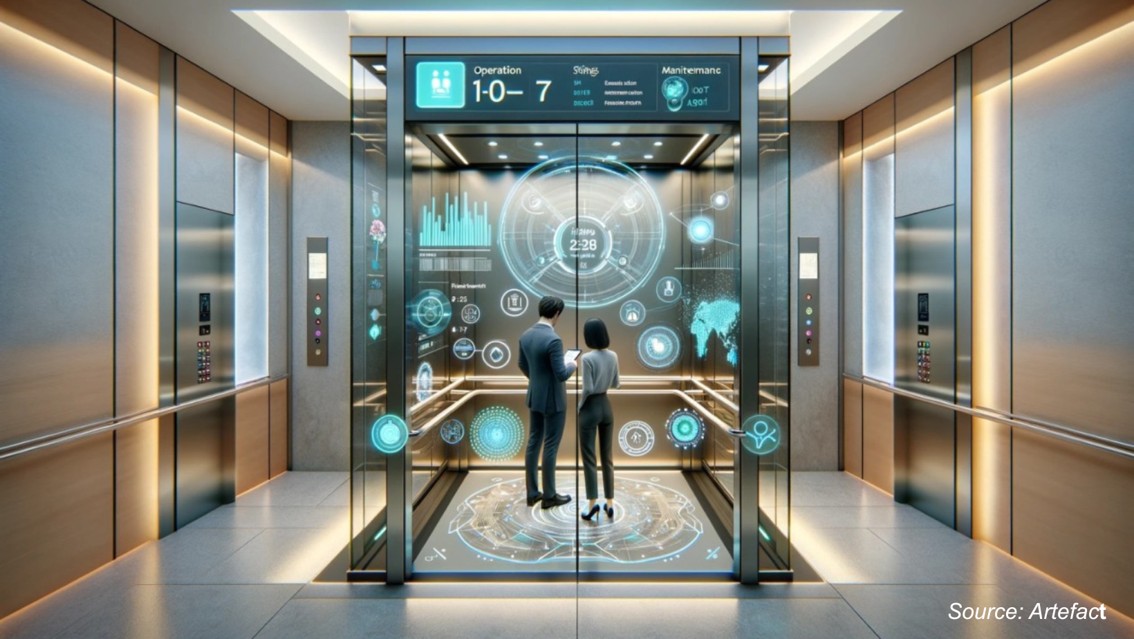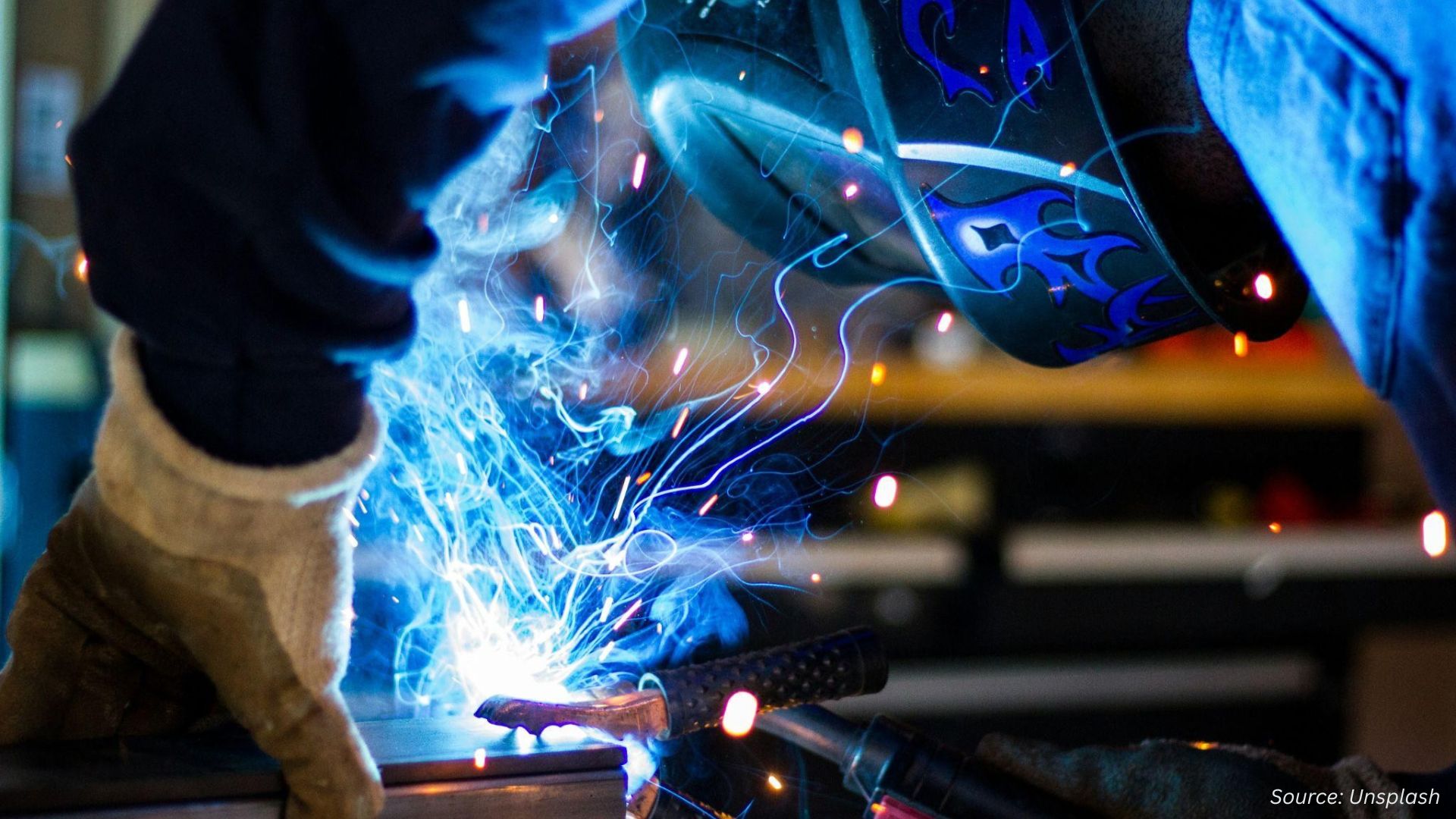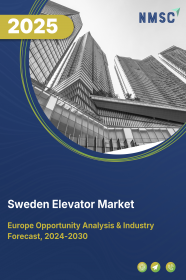
Sweden Elevator Market by Type (Passenger elevator, Freight elevator, and Others), by Technology (Traction, and Hydraulic), by Service (New Installation, Maintenance, and Modernization), by Capacity (Less than 1500 kg, 1500 to 2500 kg, 2501 to 4000 kg, and Others), by Speed (Less than 1 M/S, Between 1 to 4 M/S, and More than 5 M/S), by Deck type (Single Deck, and Double Deck) by Application (Residential, Commercial, and Industrial)- Opportunity Analysis and Industry Forecast, 2025 –2030
Industry: Construction & Manufacturing | Publish Date: 20-Sep-2025 | No of Pages: 167 | No. of Tables: 186 | No. of Figures: 131 | Format: PDF | Report Code : CM1632
Market Definition
According to NMSC, the Sweden Elevator Market size in 2024 was USD 794.09 million, and is estimated to reach USD 914.55 million in 2025 and is projected to reach USD 1490.31 million by 2030 with a CAGR of 10.26%. According to NMSC, in term of volume the market size was 3.71 thousand units in 2024, 4.21 thousand units in 2025 and is projected to reach 7.30 thousand units by 2030 with a CAGR of 11.62%. The elevator market embodies a vibrant sector that encompasses the conception, production, installation, and upkeep of elevator systems. Ranging from traditional traction elevators to state-of-the-art smart solutions, this market presents a diverse range of vertical transportation options tailored to meet the unique needs of various buildings and infrastructure projects. Key players within the elevator market include manufacturers, suppliers, contractors, architects, building proprietors, and facility managers.
Manufacturers persistently innovate to elevate elevator performance, safety standards, and sustainability practices, while suppliers furnish essential components and materials essential for system assembly. Moreover, sustainability considerations, such as energy efficiency and material recyclability, are increasingly integrated into elevator design and operation, aligning with broader environmental goals and sustainable building principles. Consequently, the elevator market stands as a pivotal pillar of vertical mobility, enhancing functionality, accessibility, and sustainability across buildings and urban environments worldwide
Government-supported Climate Policy and Building Performance Rules Drive Elevator Modernization
Sweden’s binding climate legislation and evolving building-sector regulations are a major catalyst for elevator market growth. National requirements, such as Boverket’s climate declaration for new buildings (in force since 2022) and upcoming limit values on lifecycle emissions, are compelling developers and property owners to adopt energy-efficient building systems. At the same time, Sweden is implementing the EU’s Energy Performance of Buildings Directive (EPBD), which mandates stricter energy performance thresholds and renovation standards for residential and commercial buildings. These frameworks directly affect elevators, encouraging upgrades to high-efficiency traction and machine-room-less systems, regenerative drives, and smart controls that reduce operational energy use and embodied emissions. This policy environment is accelerating both modernization of older installations and integration of sustainable elevator solutions in new construction.
Urbanization Pressures and Ageing Demographics Boost Demand for Elevators in Housing and Public Infrastructure
With around 88% of Sweden’s population living in urban localities (SCB, 2024) and steady population concentration in cities, demand for efficient vertical mobility solutions continues to grow. Urban redevelopment and new high-density residential projects are increasingly dependent on elevators that meet high standards for accessibility, speed, and safety. At the same time, Sweden’s ageing population—more than 20% of residents are 65 or older—is driving demand for accessible housing and retrofits, supported by government guidance on age-friendly infrastructure. Public-sector investments further reinforce this trend: for example, the modernization of escalators on the Arlanda Express rail link by Otis in 2025 highlights the need for reliable vertical transport in transit hubs. Together, these demographic and infrastructure shifts are ensuring steady growth in both new installations and modernization of existing elevator systems.
Permitting and Approval Delays From Municipal Building Authorities Slow Projects
Elevator installations and modernization projects in Sweden are frequently delayed by the formalities and timelines involved in obtaining the necessary building permits and notifications. Local municipal building committees are required to review applications in detail, evaluate architectural and technical drawings, and in some cases consult with stakeholders or neighbouring property owners before granting approval. The procedures under national building regulations place strict requirements on documentation and compliance checks, which can extend overall approval times, particularly in complex renovation projects or in historic urban areas. These administrative delays not only slow down the initiation of elevator projects but also increase planning costs for developers and create uncertainty for building owners, making it more difficult to move forward with timely modernization or installation.
Digital Grid Stability and Renewable Energy Expansion Enable Sustainable Elevator Operations
Sweden’s accelerating investment in renewable energy infrastructure and smarter electricity grid technologies presents an emerging opportunity for the elevator sector. National projects to upgrade transmission capacity and improve power quality are enhancing the reliability and availability of clean electricity. Initiatives involving federated artificial intelligence, digital twins, and simulation tools are helping utilities and municipalities forecast demand, balance loads, and integrate intermittent renewable generation more effectively. This evolving energy ecosystem allows elevator suppliers and building owners to deploy systems that draw from cleaner power sources and leverage smart energy management (for instance regenerative braking timed with low-carbon supply, adaptive scheduling, and load-smoothing controls). As energy cost volatility becomes a concern, these features may become differentiators. Together, the cleaner energy supply and digitalised grid control open up new value propositions around lower operational emissions, improved energy cost predictability, and stronger alignment with Sweden’s net-zero 2045 goal.
Competitive Landscape
The Sweden elevator market comprises various market players, such as KONE Corporation, Otis Sweden, Schindler Group, TK Elevator, Mitsubishi Electric, Alimak Group AB, Cibes Lift Group AB, Aritco Lift AB, Orona Group, ALT Hiss AB, Stannah Lifts, Innovation Lift Scandinavia AB, SWIFT Home Lifts Sweden AB, NAMI Lift AB, Hydroware International AB.
By Type
-
Passenger elevator
-
Freight elevator
-
Others
By Technology
-
Traction
-
Machine Room [MR] Traction
-
Machine Roomless [MRL] Traction
-
-
Hydraulic
By Service
-
New Installation
-
Maintenance
-
Modernization
By Capacity
-
Less than 1500 kg
-
1500 to 2500 kg
-
2501 to 4000 kg
-
More than 4000 kg
By Speed
-
Less than 1 M/S
-
Between 1 to 4 M/S
-
More than 5 M/S
By Deck Type
-
Single Deck
-
Double Deck
By Designation Control
-
Smart
-
Conventional
By Door Type
-
Automatic
-
Manual
By Application
-
Residential
-
Low Rise: 10 floors
-
Mid Rise: 11-30 floors
-
High Rise: above 30 floors
-
Villa/home
-
-
Commercial
-
Airport
-
Hotel & Hospitality
-
Leisure and Education
-
Marine & Port Facilities
-
Medical & Healthcare
-
Multiuse Buildings (Mixed-Use)
-
Retail & Shopping Centers
-
Public Transportation Hubs
-
Office Buildings
-
Low Rise: 10 floors
-
Mid Rise: 11-30 floors
-
High Rise: above 30 floors
-
-
-
Industrial
Key Players
-
KONE Corporation
-
Otis Sweden
-
Schindler Group
-
TK Elevator
-
Mitsubishi Electric
-
Alimak Group AB
-
Cibes Lift Group AB
-
Aritco Lift AB
-
Orona Group
-
ALT Hiss AB
-
Stannah Lifts
-
Innovation Lift Scandinavia AB
-
SWIFT Home Lifts Sweden AB
-
NAMI Lift AB
-
Hydroware International AB
Report Scope and Segmentation
|
Parameters |
Details |
|
Market Size in 2025 |
USD 914.55 Million |
|
Revenue Forecast in 2030 |
USD 1490.31 Million |
|
Growth Rate |
CAGR of 10.26% from 2025 to 2030 |
|
Analysis Period |
2024–2030 |
|
Base Year Considered |
2024 |
|
Forecast Period |
2025–2030 |
|
Market Size Estimation |
Million (USD) |
|
Growth Factors |
|
|
Companies Profiled |
15 |
|
Market Share |
Available for 10 companies |
|
Customization Scope |
Free customization (equivalent up to 80 working hours of analysts) after purchase. Addition or alteration to country, regional, and segment scope. |
|
Pricing and Purchase Options |
Avail customized purchase options to meet your exact research needs. |

















 Speak to Our Analyst
Speak to Our Analyst



